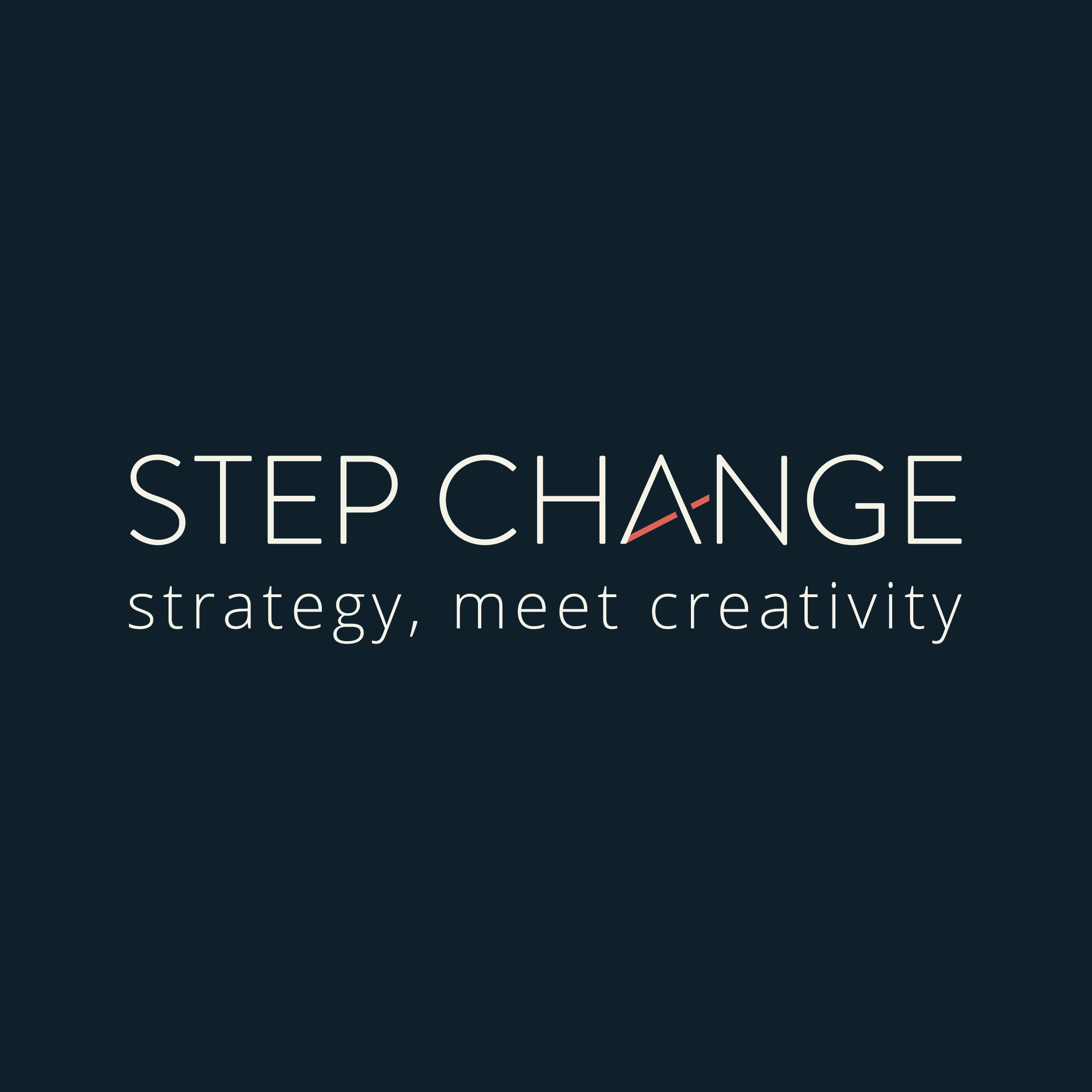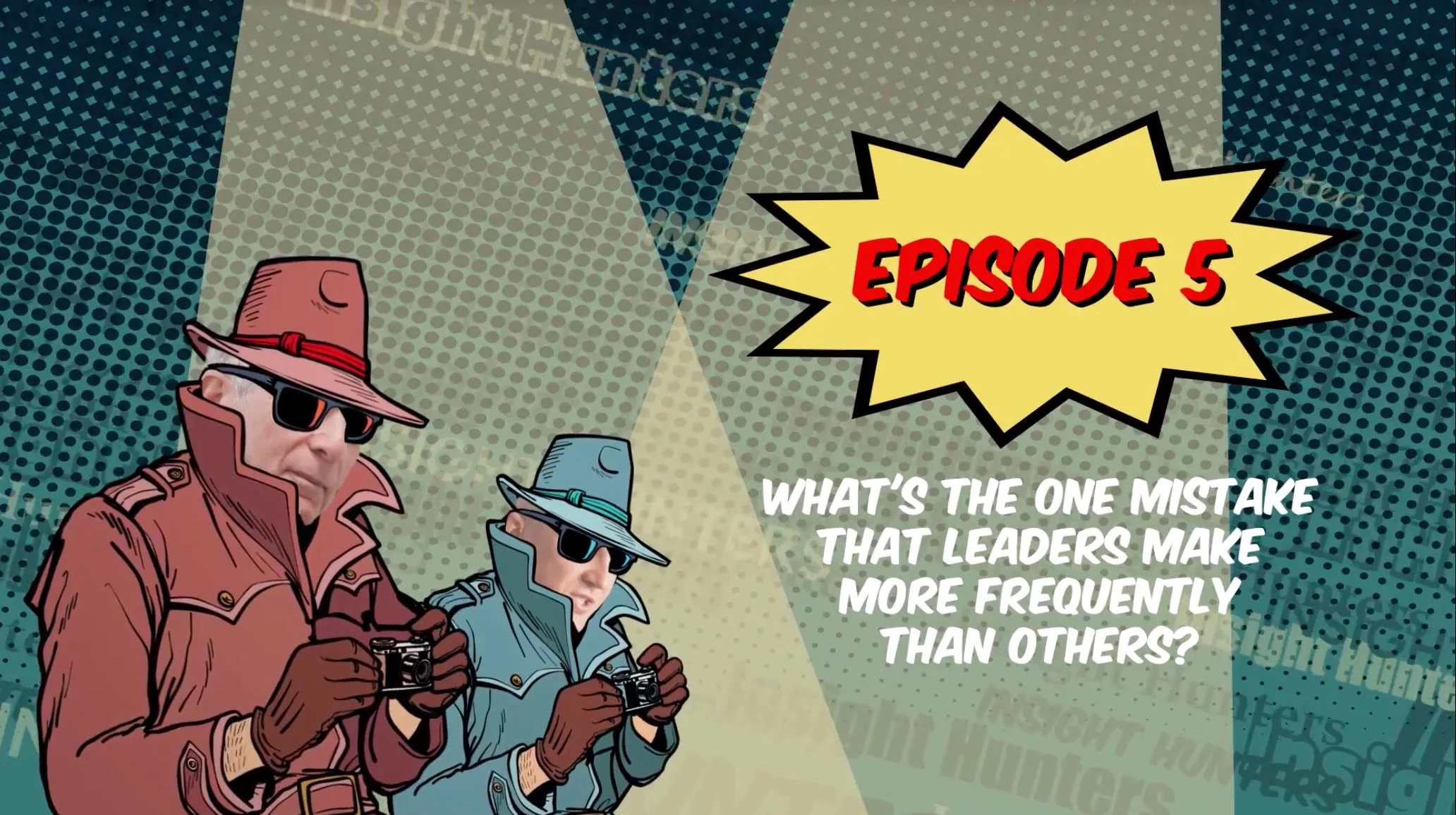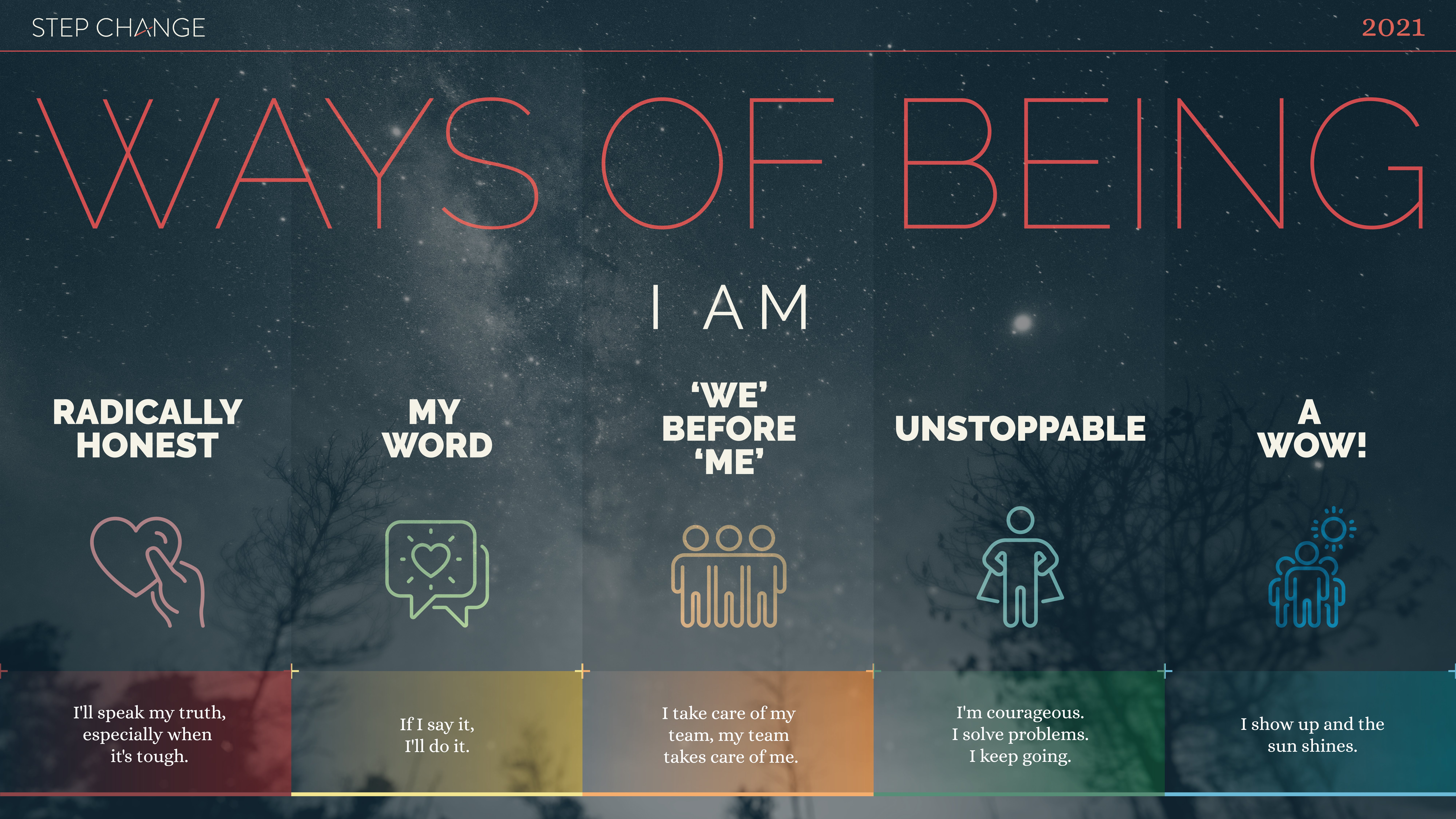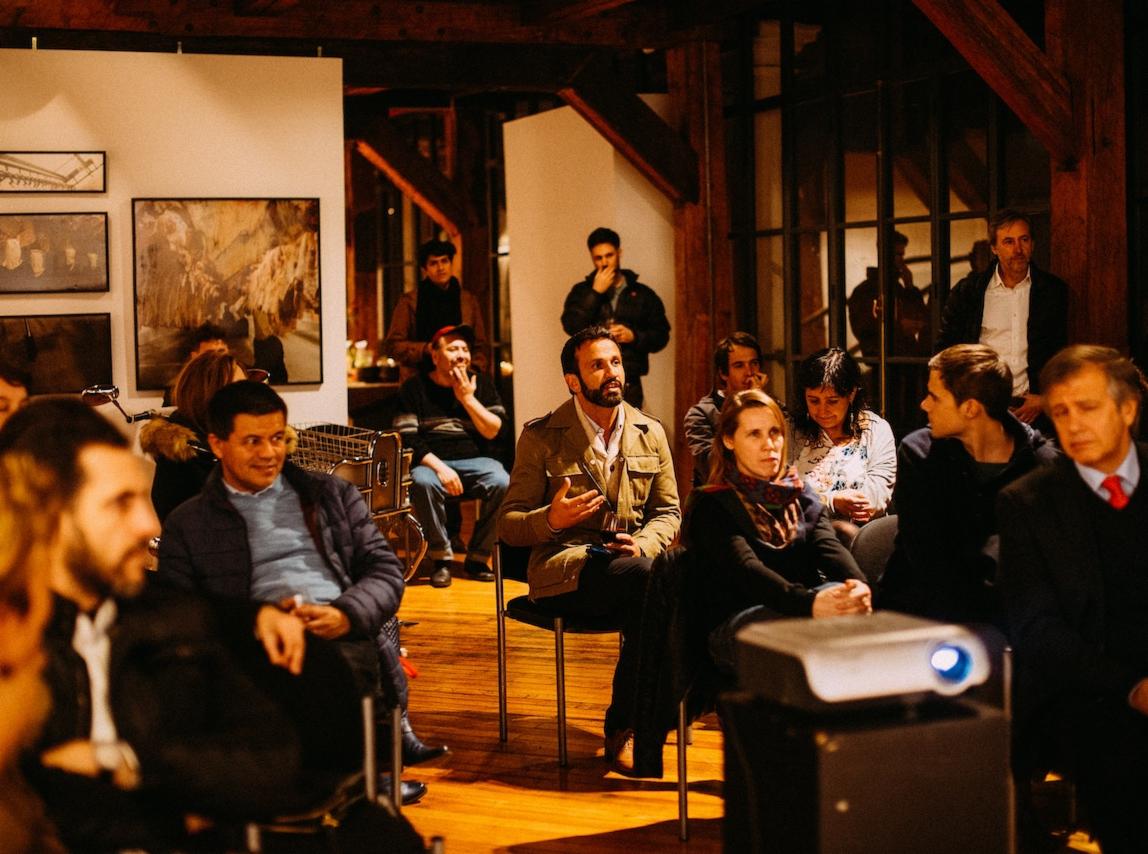Happiness is such an abstract concept, yet when we experience it, it feels like an emotion that’s actually tangible. Whether through enjoying simple pleasures, connecting with other people, or achieving a life-long goal, there are different factors that contribute to one’s happiness. But even with all these ways to be happy, it can sometimes still be fleeting.
This is the fourth video of the five-part series on Sustaining Change. Ashton Bishop, our CEO, gave this presentation on ACN’s National Nursing Forum. Here in this video, he talks about purpose and how aligning it with your work can bring a sense of fulfilment like nothing else can.
Check out the other videos in the series.
Episode 1: Introduction to Sustaining Change: The Initial Driver
Episode 2: Sustaining Change: Keeping the Motivational Fire Alive
Episode 3: Sustaining Change: The Fluidity of Success
Episode 4: You are here.
Episode 5: Sustaining Change: 5 Keys to a Fulfilled Life
The text that follows is a transcript of the video:
The first thing in our focus is purpose. At Step Change, “To inspire step changes in business and people” lights us up. That’s why our clients come to us. My personal purpose is “to equip people to realise their potential, leading them to live fulfilled lives”. You see how those two things fit? And when I’m focused on things that align with my purpose, I’m not forcing things.
And for the micro-focus in there, I want to share with you a model. They say there’s no correlation between wealth and happiness. Well, there is. Up to about 20% more than the mean levels of income, money will buy you happiness. Beyond that, there’s no correlation whatsoever.
In fact, sometimes it’s counterintuitive that in life we want happiness. What’s happiness? Expectation reconciled with the reality or the delivery.
The 5 Ps of Happiness
Pleasure. That leaves us on the bottom level, the pleasure. From cookies to cocaine to rock stars chasing a high; the night out, the ‘thing’, the car — all these stuff that we focus on that belong to this quadrant is bound to disappoint. Because the expectation level is high and the reality is otherwise, this just leads to disappointment.
So we want the next thing, the next thing, and the next thing. It’s adaptation that drives the pleasure trap, and it means that if you’re focused there, it’s not a game you can win.
Passion. This is where we peak state moments of flow, the thing that lights up in enjoyment. There is value in this. It’s important to play here. But happiness doesn’t come from within; happiness comes from between.
People. We need to look at the people we take on the journey with us. When Susie spoke this morning, she talked about how a lot of the utility she gets from the business comes from the people that go on the journey with her and the environment she creates with them. That’s where the value is.
If you look at this time horizontal axis here, Kahneman and Tversky, in Thinking Fast and Slow, talk about the two selves: the experienced self and the remembering self. What do we notice about experiences? Over time they get more valuable. What do we know about depreciating assets? They depreciate over time. The physical things become less valuable, and the experiences become more valuable.
Payoff. It’s ‘working for something big’. It’s the focus. It’s the applied effort that leads into the achievement.
Purpose. The moments of transcendence when we can get beyond ourselves and contribute back at the next level.
So that’s the first part of what we’ve focused on. Have a purpose in your organisation, align it with your personal purpose, and then be very clear about what the payoff is and the type of happiness you are trying to derive.













![Top 10 Articles C-Suites Read in the Step Change Blog [2019 Edition]](https://blog.hellostepchange.com/hubfs/step-change-top-10-articles-2019.001.jpeg)



